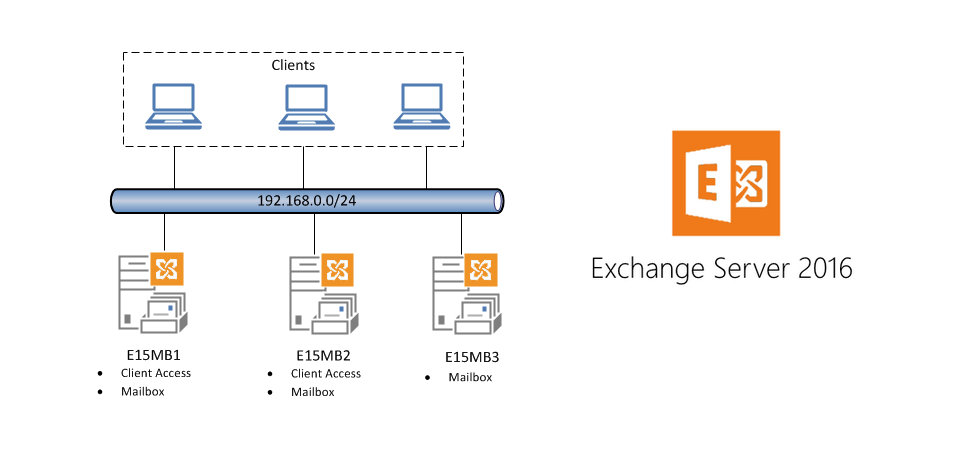What is Client Access Services in Exchange 2016?
Along with many improvements made with the introduction of MS Exchange Server 2016, Client Access Services is one of the prominent features that has replaced Client Access Server (CAS) role. In order to improve the Exchange Server’s capabilities and to simplify the complex architecture & its deployment, CAS Role has been removed and Client Access Services has been added instead. Since this feature is quite new to many users, the page will be giving overview on what is Client Access Services in Exchange 2016 and its functionalities? 
All about Client Access Services in Exchange 2016
To improve the architecture serving needs of deployment at all aspects, Exchange 2016 uses single building block that provides client access services & high availability architecture needed for any messaging environment at enterprise level. Client Access services provides authentication & proxy services on mailbox servers for client connections both internally and externally. To ensure that no data is queued or stored in them, Client Access services are stateless. These services are the part of the mailbox server, which is why it is not possible to configure Client Access Server individually as it was done in previous Exchange versions.
Client Connectivity in Exchange 2016
Here are some points associated with client connectivity that is similar to Exchange 2013 but is different from Exchange 2010:
- MAPI over HTTP or Outlook Anywhere are used by MS Outlook clients. In Exchange 2016, MAPI over HTTP feature is enabled already by default.
- Fewer namespaces are needed in Exchange 2016 for site-resilient solutions than Exchange 2010.
Functionality of Client Access Services in Exchange 2016
The mailbox server role in Exchange 2016 can route protocol request to the correct destination endpoint and host all the components or protocols, which render & store the data. Since no clients connect directly to back-end endpoints on mailbox server, clients connect Client Access services & are routed to mailbox server hosting active database containing user’s mailbox. Client Access Services provides network security like Transport Layer Security encryption and manage connection with the clients. These services authenticate client connections & proxy the connection request to mailbox server holding active copy of user’s mailbox.
Main Features of Client Access Services
#1 Connection Pooling
Client Access Services handle client authentication & send AuthN data to backend services on mailbox server. A privileged account that is the member of Exchange Servers group is used by Client Access Services to connect to backend services on mailbox servers. It allows Client access services to pool connections to those backend services.
#2 Stateless Services
Client Access Services are stateless as all processing for mailbox occurs in the backend services on the mailbox server. It does not matter which instance of Client Access Service receives each individual client request. Session affinity is no longer needed at load balancer level, as it was required in Earlier Exchange versions. Load-balancing methods such as DNS Round-Robin are used to balance inbound connections to Client Access Services.
Conclusion
The content aims to focus on new feature of Exchange Server 2016 i.e. Client Access Services that has replaced Client Access Server (CAS) role present in earlier Exchange versions. The improvements have simplified Exchange Environment without affecting availability & resiliency of deployment. The main features associated with Client Access Services in Exchange 2016 are they are stateless and connection pooling is supported.